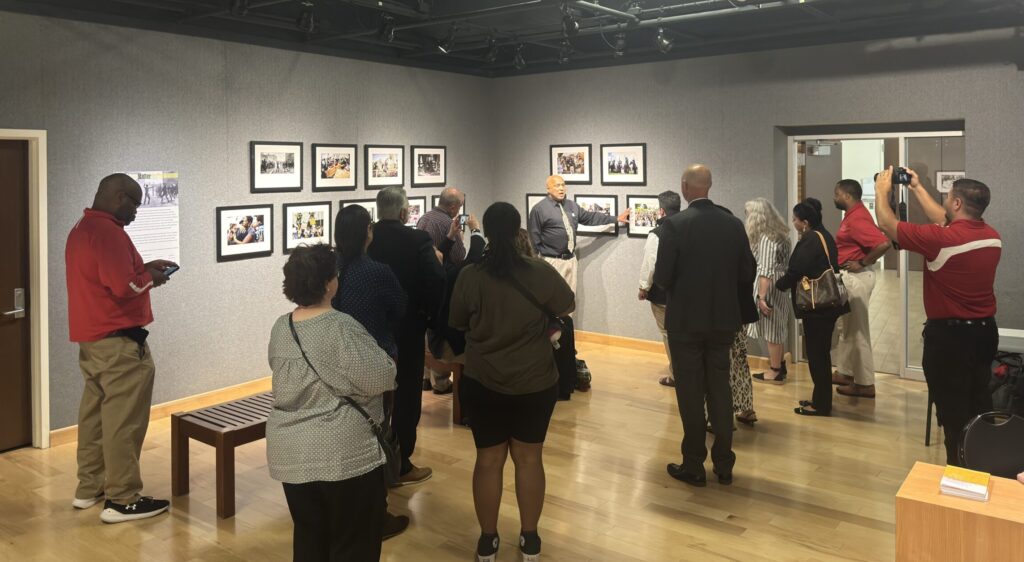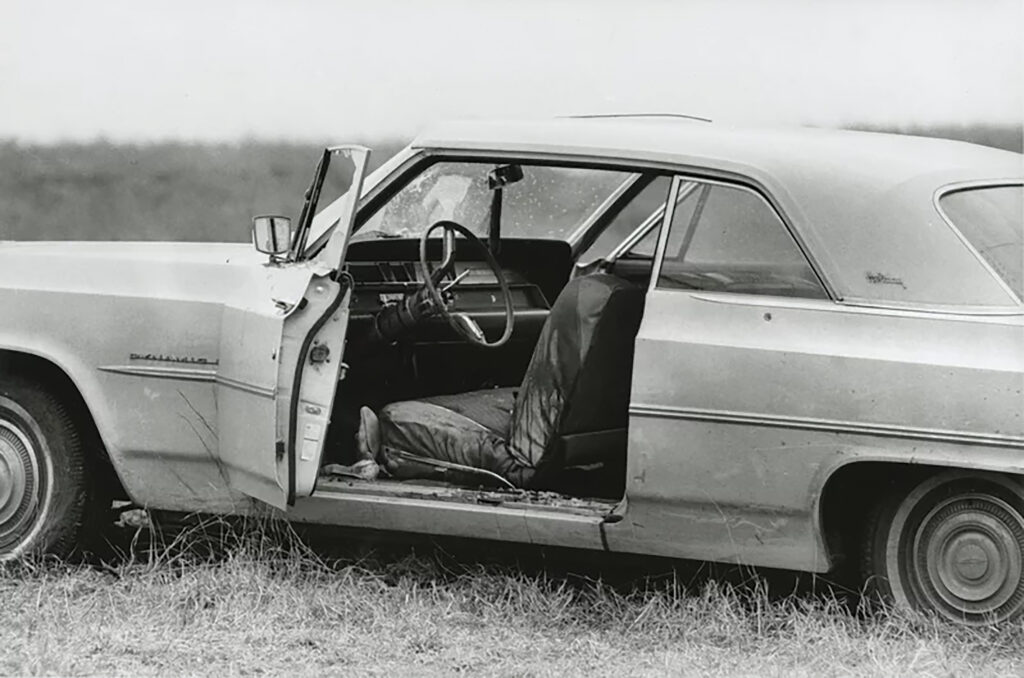The Jim Crow Museum and Fine Art Gallery collaborated to unveil a new exhibit that showcases photographs which represent the past and modern era of the ongoing Civil Rights Movement.

In 2018, the Jim Crow Museum received an anonymous gift of 372 original historical images that were taken between 1961 and 1965 of various forms of protests including freedom rides and political demonstrations. This new exhibit is part of the Fine Art Gallery’s traveling exhibition series which showcases a variety of different art collections.
The Time of Change exhibit contains 30 of these original images which were all taken by internationally renowned photographer and famous civil rights activist, Bruce Davidson.
It also contains 15 images that were taken during the recent Black Lives Matter rallies including some of the protests that happened on campus. Davidson is known for his ability to immerse himself in the environment he is capturing which highlights the emotional essence of the time period.

Director of the Fine Art Gallery Carrie Weis, is in charge of curating the exhibits that are being showcased. For this particular exhibition, there are a lot of pieces on display so ensuring they are all evenly placed is a crucial part of her setup process. As the host, Weis helps create the showcards that are handed to attendants upon entry. The image they chose to go with is an African American woman being dragged down the street by two white police officers. It is one that is showcased in the exhibit and she believes it is one of their more empowering images.
“It is a very powerful image. There is this look on this woman’s face that speaks volume to how she is being treated,” Weis said. “It’s very relevant to what is happening in our society today and of course, the mission of the gallery is to support the mission and the core values of the university, and diversity and inclusion remain relevant on that list.”
As the founder and director of the Jim Crow Museum, Dr. David Pilgrim described how the museum is not primarily a civil rights facility. With the opportunity to showcase these historical images to the public, Pilgrim saw the chance to showcase the varying levels of protesting.
“In recent years, we’ve received some outstanding pieces that would go in the Civil Rights category so we took thirty of those photographs along with the BLM protest photos to create the exhibition,” Pilgrim said. “Together, they make quite a statement about protests, the need to protest, and also the reality of what some protests look like.”
Some of the images that are showcased at the exhibit are graphic yet it is important to remember that these images are documentation of real events. During Dr. Pink’s opening remarks, he commented on the exhibit’s ability to leave viewers with no words. Moments like this are a learning opportunity for the entire community and shine light on how poorly people were treated simply for standing up for their rights
“Anytime that I see a display like this, there are some things in life that, as I say, render you silent,” Pink said. “Ferris is a university that is focused and attentive to how we learn from our past and how we can become better because of that. It is what many of our programs on this campus are all about, but it is truly what the Jim Crow Museum is all about.”

After the death of George Floyd in 2020, there was a student-led BLM demonstration with around 500 people in attendance. Two of the photographs that are showcased were taken on campus during those protests and Pilgrim expressed the importance of including them.
“It reminds me and any visitor, of the protests that occurred at Ferris but also the way it was done,” Pilgrim said. “There was a lot of passion, a lot of purpose, but it was done orderly, much in the same way as some of the demonstrations would have been done by Martin Luther King.”
One of the photographs on display was of Viola Liuzzo’s empty car. Liuzzo was a white Civil Rights activist who was responding to Martin Luther King’s nationwide call to support the voting rights marchers. She was eventually killed by three Ku Klux Klan members while participating in the Selma to Montgomery marches. Her vehicle’s broken windows combined with the bloodstained seats truly show the suffering many endured all because of peaceful protesting.
Pilgrim shared a story about how some of Liuzzo’s relatives reached out to the Jim Crow Museum and thanked them for not forgetting her story. That is one of the reasons why there are still student lead marches. It is a way to continue to honor the legacy of those who laid their lives down in the name of Civil Rights.
“We believe in trying to objectively understand what occurred to try and critically understand how that impacts us today and future generations,” Pilgrim said. “This is a lifelong journey and there aren’t very many easy answers so our purpose is to document the past, and that’s what we do in this exhibit.”
The Time of Change exhibition will be on display in the Fine Art Gallery located in the David L. Eisler Center until Sept. 28 and for more info regarding the topics of race, race relations, and racism, check the Jim Crow Museum of Racist Imagery’s website.
